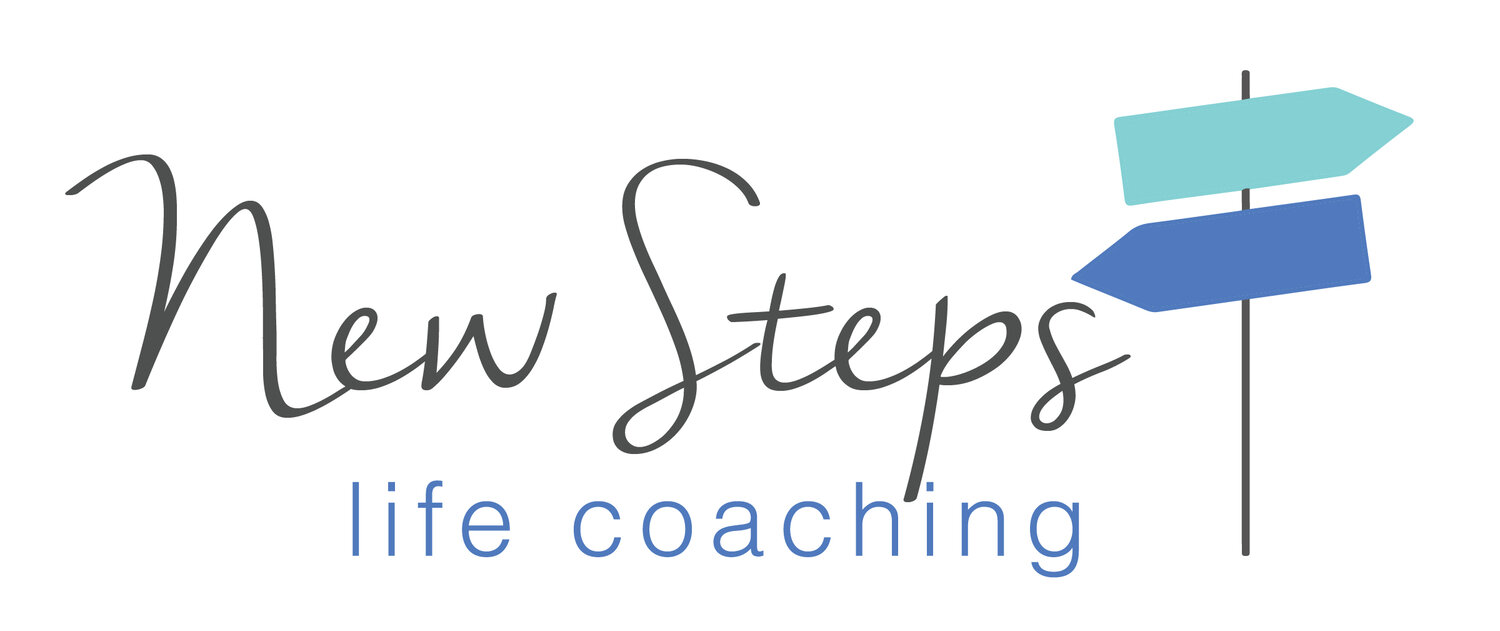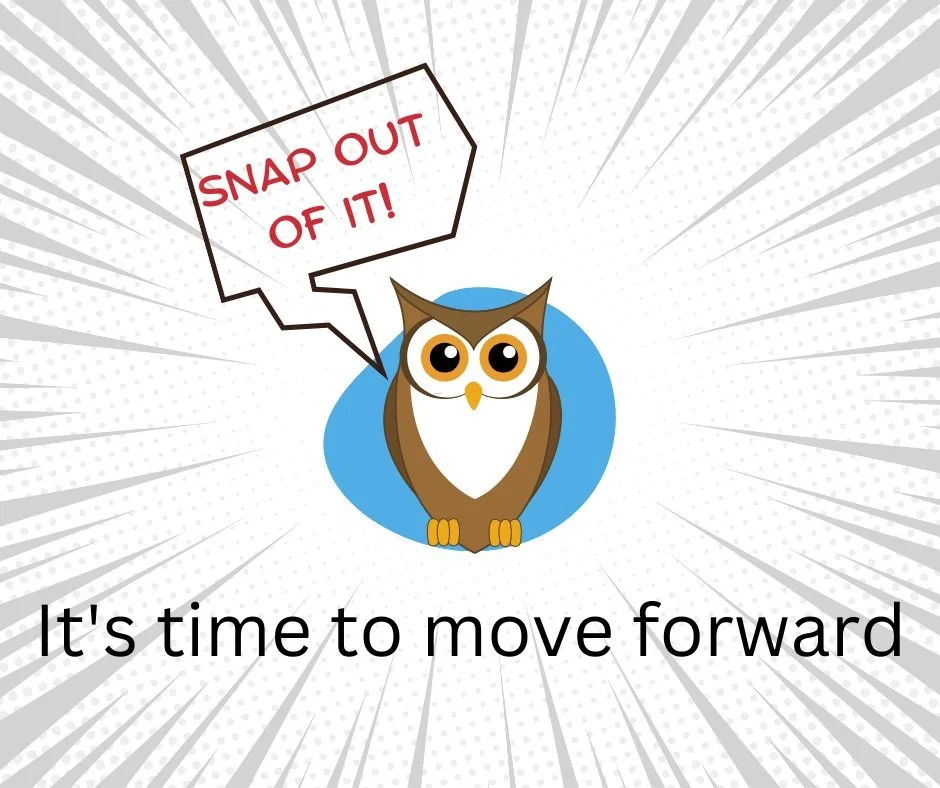Have you ever made something bigger in your mind than it really was? And then avoided it like the plague and never got it done?
There are once-in-a-while tasks or even projects or dreams we have that, because we’ve never done them before or we don’t feel confident doing them, we put off. It may involve making a big decision and commitment, or will take a big chunk of time to complete. We let our imagination take over and think, “It’s going to be too hard.” Or, “It’s so big I don’t know where to start.” Or, “I just don’t have time for that right now.” These thoughts keep us in the avoidance or procrastination mindset. Our daily whirlwind of activity and our fear of the unknown doesn’t allow us to see any possibility.
My year has been busy - my coaching practice, family events, and the adjustments to becoming a Zoom expert out of shear necessity! (Let’s call that my whirlwind). I also knew that I wanted to do more.
During a recent coaching session (yes, Coaches have Coaches!), I wanted clarity on my next steps for my coaching business and my professional interests. I had several incomplete projects that I wanted to pay attention to; finish writing my book, launch more classes, launch a coach mentoring niche, and a few more “lofty” projects. I was in the mindset that I would “eventually do them all but who knows when”. The first win of the session was to identify ONE (and only one) thing to focus on. I chose to relaunch my newsletter. The second win of the session was my determination to hire my friend and marketing consultant Jocelyn Murray to help me get this done. I know from past endeavors that I do best with an accountability partner. There were also some technical issues involving my website that were holding me back.
I shifted from, “I can do this all by myself but not sure when I’ll find the time,” to, “I will get this done, one step at a time, with partners to encourage and guide me when I need help.”
When I spoke with Jocelyn, I told her I was ready to make the “big leap”. She said, “It’s not a big leap, it’s just a step over a little puddle.”
That’s when I knew I had been making a mountain out of a mole hill, and even better, this was a little puddle that I could step over. It’s more like a series of puddles and I only have to walk over one at a time! I went from using language that was draining my energy and closing off possibilities to language that shows ease and flow and being at choice. I’ve done this with many, many clients, and now I had someone to help me reframe for myself.
If you are reading this article, it means that I’ve posted it on my website and I’ve sent it out to my newsletter list! The next step for me is to repeat the process over and over until it feels like second nature to me. Please reach out if there is a dream or a “future project” that you’d like to discuss. I want to help you find that new perspective.
Lessons Learned:
1. When you have a bunch of big things you want to accomplish “someday”, pick one and work on it – one step at a time – with a commitment to complete it.
2. Take any big project and chunk it down into smaller steps. When you decide on the first step, it makes the possibility of achieving the next steps much more likely.
3. Action, any action, is better than standing still. If the first step isn’t the right one, that’s ok. You can shift your path at any time.
4. It’s OK to ask for help; an accountability partner, someone to talk to who will be there as you find your new, winning perspective.














